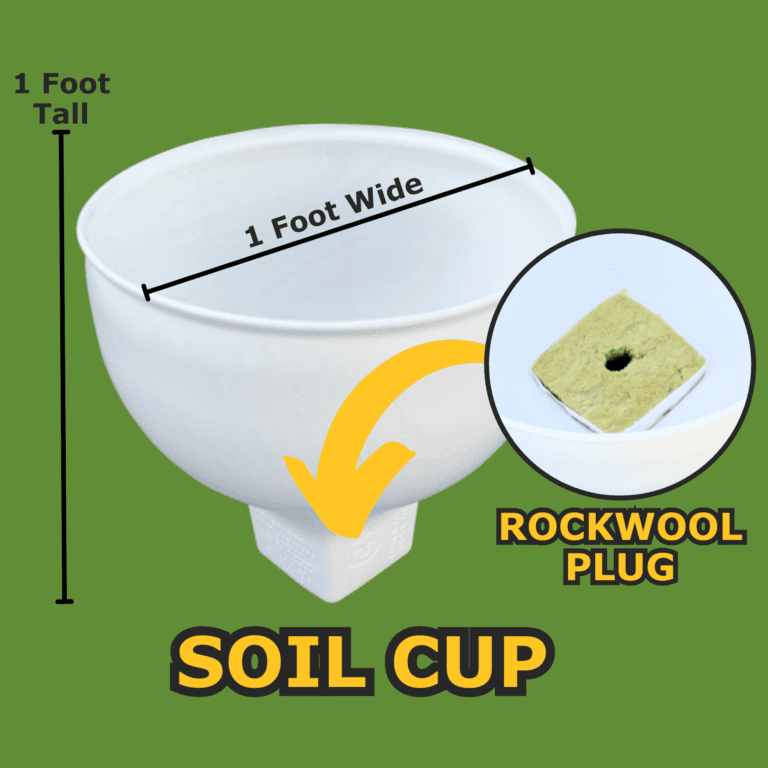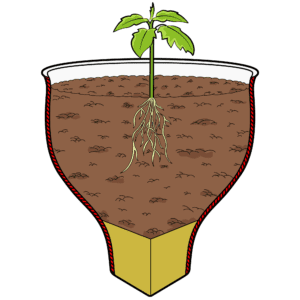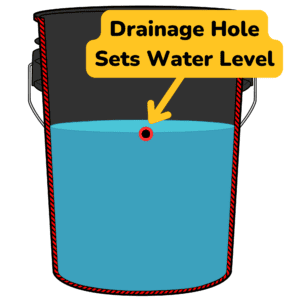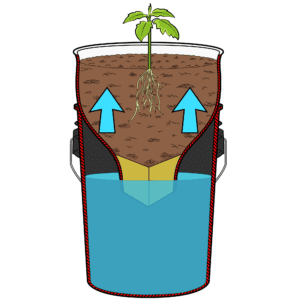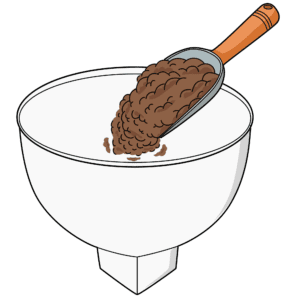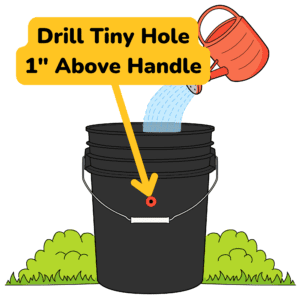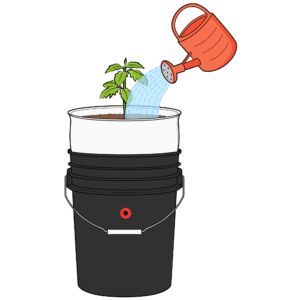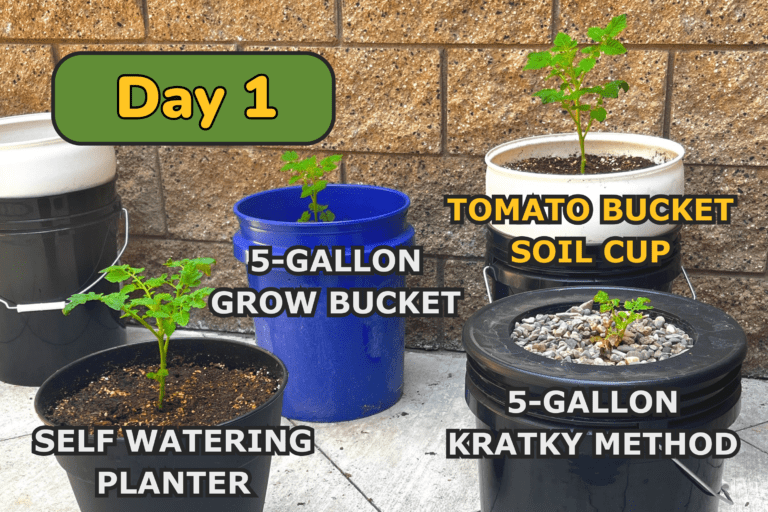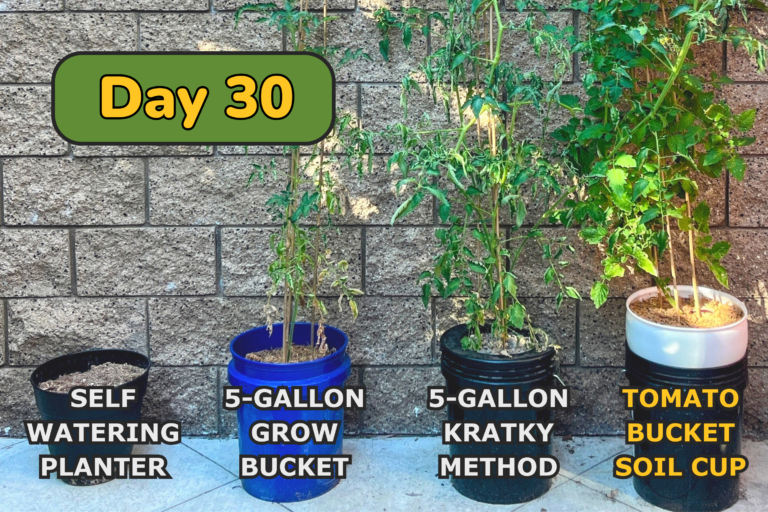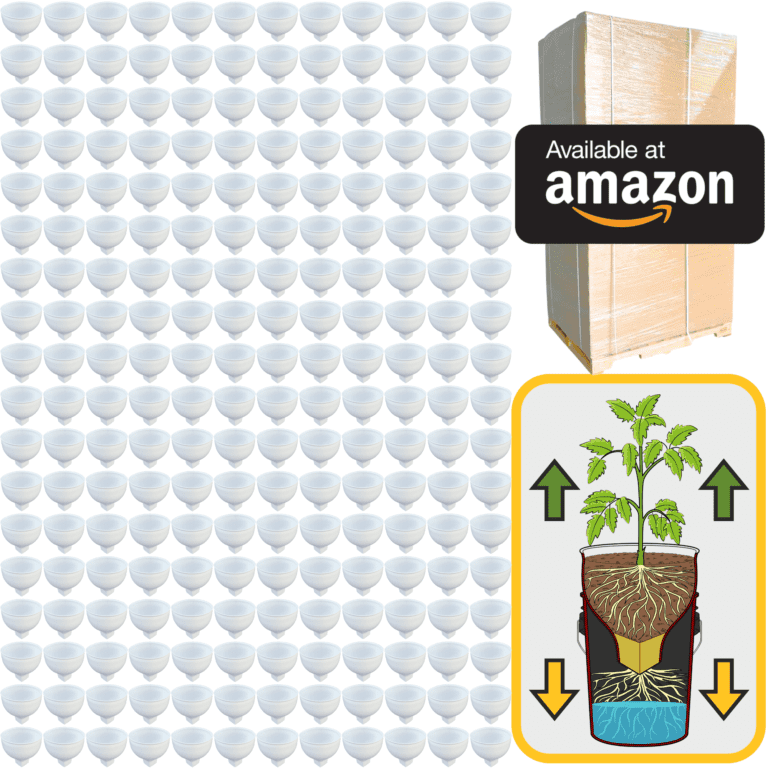Imagine a world where you can grow lush, healthy plants without ever touching a shovel, without worrying about weather, or struggling with the whims of soil. This is hydroponics—a method that defies tradition, growing plants in water enriched with nutrients. Hydroponics is a practice that humans have been experimenting with for centuries, yet it has never been more accessible than it is today. Whether you’re a curious beginner or a seasoned gardener looking for something new, this journey will take you through an entirely different approach to growing.
Hydroponics is as much about the joy of experimenting as it is about the practical rewards of healthier plants and faster growth. But, before diving into the “how,” it’s inspiring to think about the “why.” Why would anyone choose to grow plants without soil? And why has hydroponics, which might sound like some high-tech agricultural invention, actually been around for centuries?
Let’s take a step back to ancient Babylon. This culture, known for its stunning architectural feats, also created one of the earliest examples of hydroponic gardens—the Hanging Gardens. These gardens, celebrated as one of the Seven Wonders of the Ancient World, weren’t planted in soil but thrived thanks to a complex system that delivered nutrient-rich water directly to the plants. The hanging gardens were a testament to the potential of soil-free growing long before the term “hydroponics” existed.
Fast forward a few thousand years, and in the early 20th century, scientists began to experiment seriously with soilless plant growth. They found that, by providing plants with water enriched with essential minerals and nutrients, they could achieve healthy growth without soil. They broke down plant nutrition to a science, discovering the elements that plants truly need—like nitrogen, potassium, and phosphorus—and realized they could deliver them through water alone. This scientific approach laid the groundwork for modern hydroponics and opened doors to growing methods that were once unimaginable.
So, why does hydroponics work? It comes down to understanding what plants actually need. We often think of soil as essential, but soil’s primary role is simply to hold nutrients, water, and air that roots can access. In hydroponics, we bypass soil altogether, providing plants with all they need directly through water. This means we can control exactly what the plant receives, avoiding deficiencies or imbalances that might occur in traditional gardening. The result? Often, hydroponically grown plants can grow faster, stay healthier, and produce more than their soil-grown counterparts.
Hydroponics also opens up opportunities for those who may not have ideal conditions for traditional gardening. Imagine living in an urban apartment with no backyard. With hydroponics, a window or a corner with a simple grow light can become a productive garden. And because hydroponics doesn’t rely on outdoor soil, you can garden year-round, regardless of the season.
But it’s not just about convenience. Growing hydroponically has benefits that reach beyond your own harvest. By using hydroponics, you can conserve water—a resource we know is becoming increasingly precious. Traditional agriculture often involves inefficient watering methods, where much of the water evaporates or runs off, carrying away soil nutrients in the process. In hydroponics, the water recirculates within a closed system, meaning you can grow using a fraction of the water that soil-based gardening requires. With the right setup, hydroponics can reduce water use by up to 90%. This isn’t just good news for your utility bill—it’s a meaningful step toward more sustainable, eco-friendly gardening.
Hydroponics also allows you to grow more in less space. Plants don’t have to spread their roots in search of nutrients, so you can place them closer together. A system that fits on a small table can yield as much or more than a much larger traditional garden plot. This efficient use of space makes hydroponics especially popular in urban areas, where access to land is limited but the desire to grow is strong.
As you begin this journey, think of hydroponics as a new way of connecting with plants. Without the need to dig in the soil, you’ll be spending more time observing roots growing through water, leaves reaching for light, and even small adjustments in nutrient solutions making noticeable differences in your plants. It’s a hands-on science experiment, but one with delicious results—whether you’re growing fresh basil for the kitchen, greens for a salad, or even fruits and flowers.
Learning hydroponics is like learning any craft: it requires patience, curiosity, and a willingness to learn from your plants. But the journey is worth it. You’ll discover a new perspective on how plants grow, and you’ll see how your own touch and care shape them. By the time you see your first harvest, the sense of satisfaction will be profound. You’re not just growing plants—you’re creating an environment tailored to their needs, one where they can thrive, and you can share in that success.
This is just the beginning, and the world of hydroponics is rich with options, from simple setups you can create in a single afternoon to advanced systems that turn your home into a small, efficient farm. So as we move forward, keep an open mind and a spirit of exploration. Hydroponics might seem unconventional, but it’s a method that brings you closer to the plants themselves. And in a world where fresh, local, and sustainable food is more valuable than ever, you’re joining a movement that not only feeds you but can make a difference. Let’s take the first steps together, and soon, you’ll see just how soil-free success can change the way you grow.

